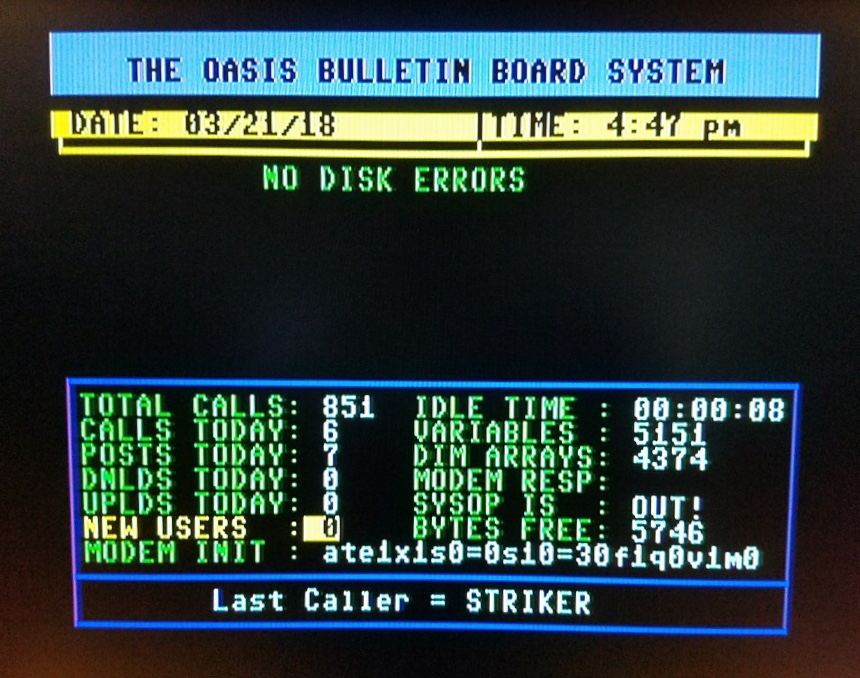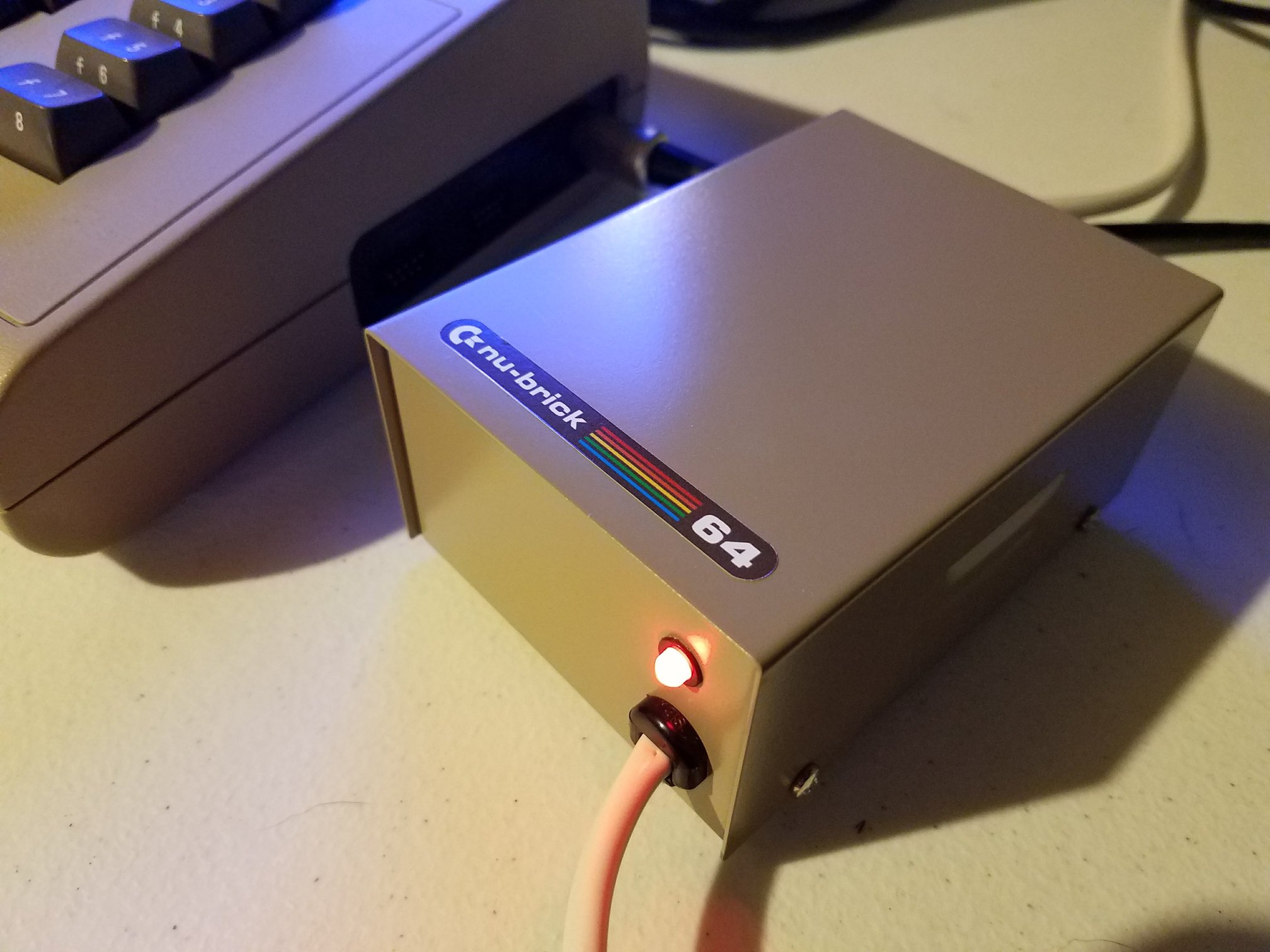The latest episode from 8-Bit Wall of Doom explores how to bring the F256 Jr online using a classic Wi-Fi modem. Instead of modern Ethernet or Featherboard setups, the host relies on a simple serial connection and a few lines of BASIC code. The result is both educational and nostalgic, showing how old-school connectivity still works today.
Setting Up the Hardware
The video begins with a look at the C256 Jr development board, the predecessor to the popular F256 Jr. Using a three-wire serial connection, send, receive, and ground, the host connects directly to a DB9 port. A Hayes-compatible Wi-Fi modem attaches next, featuring status lights that recall 1980s bulletin board systems.
Afterward, the video walks through the power setup and jumper configuration that enables the serial port. The host even uses an original Commodore keyboard connected to the board’s 20-pin port, giving the entire setup an authentic retro flair.
Writing a Five-Line BASIC Terminal
Next comes the star of the tutorial: a five-line terminal emulator written in SuperBASIC. Each line of code performs a key function, from sending characters to checking for input and triggering a bell sound on command. The host explains how memory pokes configure the UART registers, demonstrating how little code is needed to get communication running.
Connecting to the First BBS
Once the F256 Jr online setup is ready, the modem dials into CBBS, the first-ever bulletin board system created in 1978 by Ward Christensen. The screen fills with classic AT commands and scrolling text. It’s a nostalgic moment that bridges early digital communication with modern retro hardware.
Wrapping Up
Finally, the video ends with a quick look at the original VIC-20 modem manual and terminal software. It’s a reminder of how far home computing has come, yet how these roots still inspire creators today. The host hints at future videos covering more Foenix serial tricks and old-school network experiments.
Fans of 8-bit systems will appreciate how this guide keeps the past alive—one serial connection at a time.







